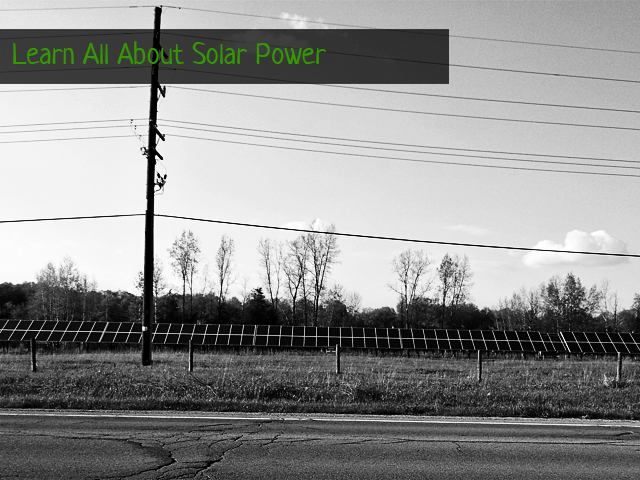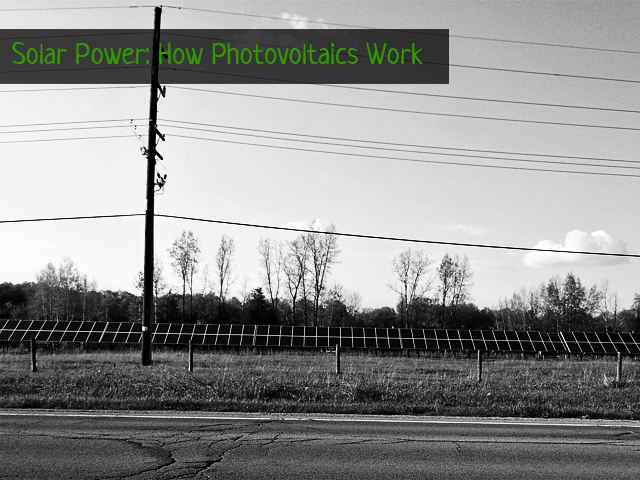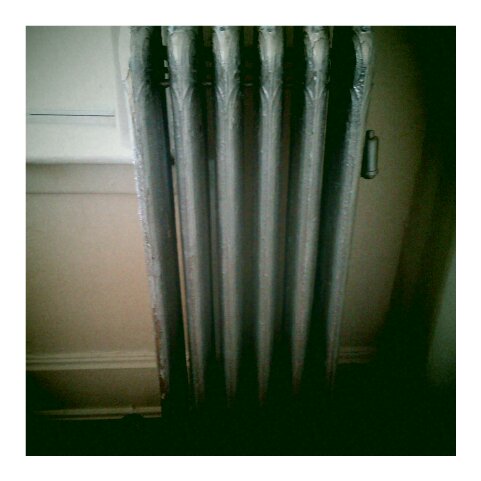 What Solar Power is:
What Solar Power is:
Solar power is electricity made from the sun’s energy that reaches the earth. Fun aside: wind power, fossil fuels and biofuels are all ultimately made from the sun’s energy. But only solar cells directly change the sun’s light into electricity.
How Solar Power is made:
See Solar Power part 1, The basics: light from the sun hits a semiconductor and provides enough energy to make free electrons jump.
How much of our current electricity is produced by solar power:
In 2013, the US used over 8,000 MW hours of solar electricity. That is about 0.2% of the total electricity in the US.
Potential energy supply:
In one year, the entire world uses about 15 terawatts (a 15 followed by 12 zeroes) of electricity. That’s the same amount of sunlight that hits the earth in one hour. In other words, enough sun light hits the earth in one hour to provide electricity for everyone for one year! However, the challenges are collecting this energy, turning it into electricity, and storing it for use when needed (and not just when it’s sunny outside). But there is hope, Germany just reported producing 74% of their energy from renewables, and solar power played a large roll.
Materials and how we get them:
Solar cells are made of silicon crystals and silicon is the most abundant element on earth. However, it is almost always bound to oxygen in a molecule commonly called “sand” or “quartz”. We use electricity to get rid of the oxygen. The silicon is then heated and stretched like taffy. This stretching draws impurities to one end. The impure end is removed and the remainder is pure enough to make solar cells. The pure silicon is then made into single crystal wafers and other elements are added.
Silicon is very shiny and reflective, which is not useful for collecting light. Titanium dioxide is used to help the silicon absorb more light. Titanium dioxide is mined throughout the world.
The cells are sealed into rubber, put into an aluminum frame, and covered with a glass or plexiglass protective sheet.
Waste produced and how we deal with it:
Creating silicon wafers for solar cells is quite energy intensive because of the need for purity. A lot of heat and electricity is used in the process, which does produce carbon dioxide. Additionally, the manufacturing process makes industrial sludge and toxic waste, which need to be trucked to waste management sites for cleaning and containment.
Solar power produces no carbon dioxide after the cells have been made. However, the industrial wastes and CO2 produced during manufacture of the solar cells are siginificant. It is important for us to pursue cleaner and better managed outputs, as well as producing cheaper, more efficient solar cells.
Cost:
Large scale solar power plants currently produce electricity at the cost of about $0.12-$0.17 per kwh to the customer. The cost of installing solar panels onto the roof of your house is typically about $7-$9 per watt. A 5kW (the typical household consumption) array costs about $30,000. The good news is that it is estimated that solar will cost the same as fossil fuels within the decade. However, we need to act now to start combating our use of fossil fuels.
Challenges:
As I’ve mentioned above, cost and waste are both currently challenges to solar electricity. These challenges will be addressed by making solar cells that can more efficiently turn light into electricity. Currently, solar cells are able to convert about 20% of sunlight into electricity. Nearly 45% efficiency has recently been achieved by researchers in Europe. Being able to mass produce solar cells with that much efficiency will drive down the cost and reduce the number of solar panels needed to produce the amount of electricity that we use, reducing waste as well.
…
For an introduction on sources of electricity, look here.
For an explanation of how we make electricity, look here.
Clean Coal
Nuclear Energy
Hydroelectricity
Wind Power
Geothermal Electricity
Solar Power part 1
Oh, hey, Building Earth has a facebook page now. Keep up to date on posts and other interesting green news by liking us!




